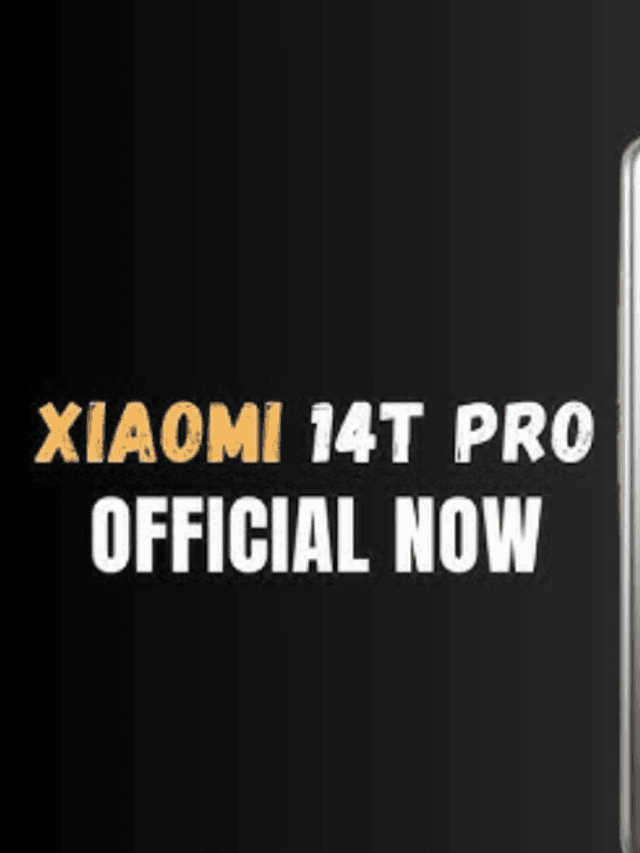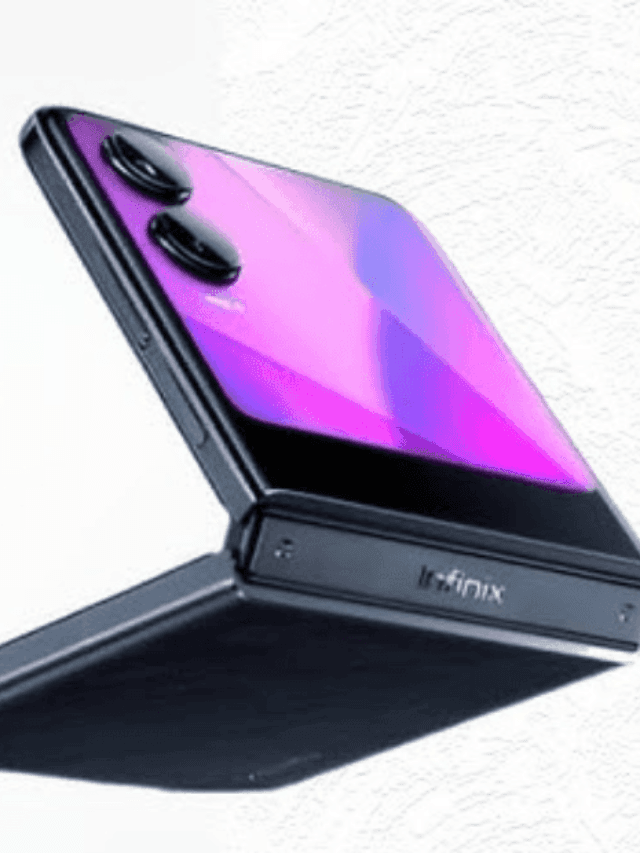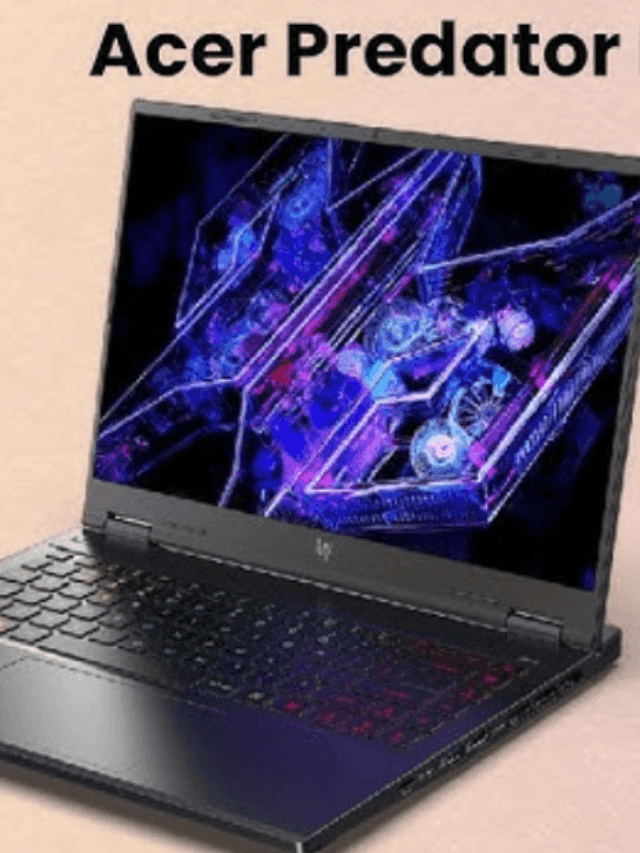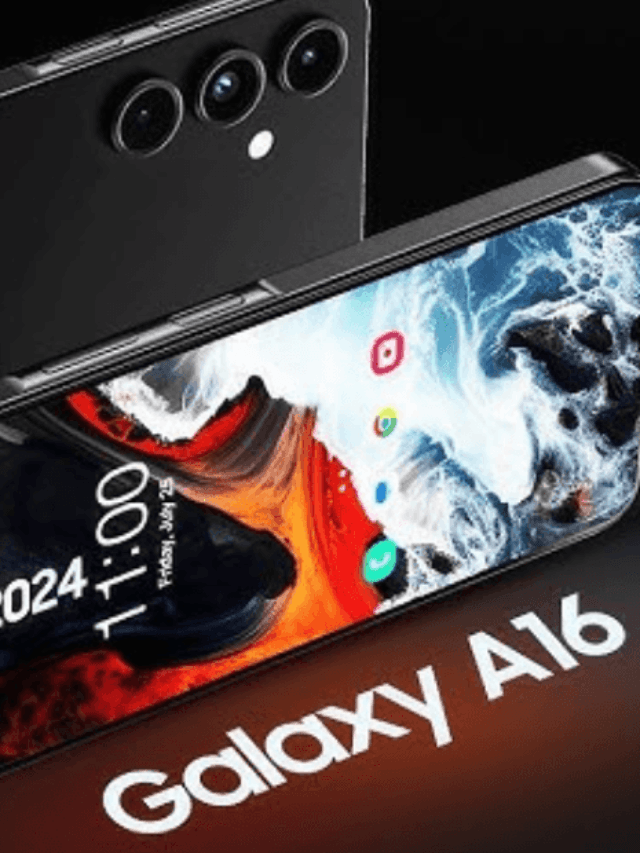Table of Contents
The most heated debate in the phone industry is between iPhone vs Android. Here at TG, we do not believe in favoritism, so instead we will go over some of the main distinctions between the two operating systems so you may choose the one that works best for you.
The most recent iterations of the two rival operating systems, iOS 18 and Android 14 (soon to be Android 15), both provide seamless and intuitive user experiences along with a number of features that are either identical or quite comparable. However, there are still significant distinctions to be mindful of that can persuade you to choose one over the other.
In order to help you choose the best mobile platform the next time you purchase a smartphone, we compare the advantages of iPhone vs Android. Check out our comparison of the Pixel 9 Pro XL and iPhone 16 Pro Max to get a general idea of the newest phones in each category if you are looking to view the current flagships for iPhone vs Android. If you are certain that you want to get rid of your iPhone, learn more about configuring an Android phone to make the switch as simple as possible.
iPhone vs Android: Why iPhone is better
You have financial stakes in Apple’s network. Although this may sound like a flimsy justification, Apple undoubtedly produces a wide range of digital goods, so purchasing an iPhone makes a lot of sense if you already own a Mac, iPad, or Apple Watch.
You may save a lot of time by using the many continuity features that Apple has built in, which let you transfer work and data between its devices. Consider Handoff, which enables smooth transitions between iOS and macOS for online pages in Safari and phone conversations on your iPhone. Using Universal Clipboard, text that is copied to one platform may be used on another.
Continuity Camera, which lets you use the camera on your iPhone to snap photos and scan documents, is another one of our favorites. You can view and edit these files on your Mac. With Apple Pay, you can even use your iPhone’s biometric verification features to finish transactions on your Mac. Finally, the iPhone may be used as a useful deskside companion by switching to StandBy mode.
Only a few of Android phone manufactures have hardware ecosystems that approach Apple’s, and even for some that come close, like Samsung, you won’t get the amount of integration available between the iPhone and other Apple-built products. With its new Your Phone app for Windows, Microsoft is helping Google partially bridge the gap by enabling Android users to reply to SMS and notifications on their PCs, albeit there is still room for improvement and the user experience is a bit awkward.

Numerous additional noteworthy instances of consistency exist throughout iOS, iPadOS, watchOS, and macOS — and the iPhone plays a crucial role in this picture, particularly in light of the ease with which iPhone apps may now be converted to macOS. Power users who are already well-versed in Apple products have a lot to gain by including an iPhone into their collection. Not to mention friends and relatives who would rather communicate via FaceTime and iMessage.
Simply said, the third-party apps are superior. This one is really a matter of taste, but having switched back and forth between iOS and Android, I can honestly say that every time I have been amazed by the quality of applications created on iOS, while I have been generally let down by those on Android.
Please understand that while excellent apps and developers exist on Android, they are, in my opinion, more difficult to locate. For example, a lot of the greatest photo-editing applications work better on iPhones than they do on Android devices.
In fact, you might discover that iOS applications for well-known businesses—from banks to airlines—work a little more fluidly and cleanly than Android apps, and they integrate better with the phone’s main features, including Wallet.
An increased assortment of accessories is available. Aisles of cases for every iPhone manufactured by Apple can be found at every Best Buy or Target; the same cannot be said for the Android market, outside of flagship models from the largest manufacturers. You are out of luck after you pass the rather wholesome assortment of goods designed for the newest Galaxy S handset.
Don’t bother anticipating a variety of accessories for your new Pixel or Motorola device at any brick-and-mortar outlet. Yes, you could get a $4 case from Amazon online, but you would always get what you paid for.
More often than not, people do not understand how much of a difference it makes since iPhone covers, screen protectors, vehicle mounts, and other accessories are just more readily available for this phone than for any other. The issue of not being able to locate a case that they like will never arise for iPhone customers. Additionally, accessory manufacturers obviously prioritize the 3-in-1 MagSafe chargers, which when combined with StandBy Mode turn compatible iPhones into digital photo frames and smart home hubs.
App tracking notifications come with improved privacy options. Notifications about app monitoring were included in one of the most significant recent iOS versions, giving you the option to disable app tracking on your entire phone. This was a significant victory for proponents of privacy and a setback for several third-party businesses, including Facebook.
We do not think Android will ever have this capability; it just doesn’t. Apple still gathers a lot of personal data on you, so do not get trapped in the idea that iOS is intrinsically more private than Android. However, iOS is still a little more resilient to outside parties. Denying an app the power to monitor you feels so good.
Bloatware is not present. You will not find any preinstalled bloatware on your iPhone when you initially start it up, regardless of how, where, or what kind you purchase. This indicates that it is uncontaminated right out of the box, with no hidden applications stealing power or data or interfering with your system’s operations.
If you have ever seen how a new Android phone comes out of the box, especially if you purchased it through a carrier, then that is a relief. Customers of AT&T are still blindsided by the insult of seeing apps like CNN and DirecTV Now clogging their app drawers, even after shelling out $1,800 for a Galaxy Z Fold 6. Furthermore, it can grow worse if you get a low-cost phone that a cheap carrier has generously subsidized.
Bloatware is less likely to be installed on an Android phone purchased without a service agreement from one of the finest unlocked phones. It also relies on the business. For instance, unlocked Pixel phones are free of any third-party apps; nonetheless, it is not unheard of for some unlocked phones to have the occasional unwanted piece of sponsored software (or advertisements). One recent example of this is OnePlus, and Samsung’s phone advertisements are infamously intrusive.
Software upgrades happen more quickly. Android phones get fewer upgrades than iPhones, and when they do, they arrive less regularly and are generally delayed with the exception of Google’s Pixels.

Over an Android phone’s lifespan, the number of updates it receives is mostly determined by its price, the carrier from whom it is purchased (or not at all), and the software support policies of the phone manufacturer. Although the update practices of Android phone manufacturers have improved recently, Apple continues to provide more. Consider the iPhone XR, which arrived with iOS 18 despite being released nearly six years prior.
Additionally, every model that supports it may instantly install the latest version of iOS, which is made accessible to everyone on the same day and at the same time. Android updates, on the other hand, are distributed to specific phones in waves rather than merely according to model.
It has better retail support. Let us imagine your iPhone has a catastrophic malfunction and requires repair. Or perhaps you want a screen protector placed on it, and you’d rather have it done by a professional, who will slap that film on with nary a bubble or bit of dust. It is helpful to have a location to go, regardless of the problem, and the Apple Store is a great option for iPhone owners.
Not all Android phone owners get to enjoy that pleasure. You will most likely need to send it back to the manufacturer if it needs a new battery or a screen replacement and you did not buy a protection plan from the store where you got it. That is a really time-consuming inconvenience, considering how much we all rely on our phones every day. For Pixel phones, for example, certain trustworthy repair companies like uBreakiFix assist in bridging the gap a little.
iPhone vs Android: Why Android is better
Every pricing range is covered by phones. The great majority of the world’s smartphones run Android, and because so many businesses make Android devices, they’re available at every price level. The Pixel 8a is one of the most affordable phones under $500; there are also some of the greatest large and tiny phones, as well as phablets and foldable phones that cost much more than $1,000. It is likely that you may locate an Android smartphone that meets your needs or budget, regardless of your spending limit.
That cannot be said of iPhones, which traditionally have been pricey at release before seeing price reductions with subsequent iterations. The iPhone SE (2022) is the cheapest iPhone model available from Apple. At $429, it is an incredible gadget with amazing performance, but some people may find its screen too tiny and its appearance outdated.
It offers greater customization. Even though both iOS and Android have changed over time, Android has long been known as the platform of choice for consumers who enjoy tweaking and customizing their gadgets. The home screen launcher is the first example of this, since iOS 14 on the iPhone now allows users to arrange applications wherever on a page or in a drawer out of sight in addition to dynamic widgets. You may even replace the launcher on your Android phone with a different one that you download from the Google Play store.
If you prefer a third-party software to one that came preloaded on your phone, Android also allows you to download third-party replacements for fundamental services, such as web browsers, keyboards, and media players, and set them as the default versions. Over time, iOS has made progress in this area, despite the implementation still being a little awkward.
Lastly, we must discuss manufacturer skins, which are unique Android system software and user interfaces modified by certain phone manufacturers. These skins offer additional capabilities and frequently the option to personalize your whole experience using themes. Some enthusiasts of Android like Google’s “stock” version of the operating system.
But many users prefer the proprietary software developed by phone manufacturers, such as OxygenOS by OnePlus or One UI by Samsung, due to its additional features, such the ability to save images and movies in password-protected folders and create scrolling screenshots.
However, with Android 12, Google made changes and introduced the new Material You design language. This approach offers greater customisation and improves upon Android’s appearance and feel over the previous several years. A pseudo-theming system adjusts the system-wide shade based on the colors of your wallpaper.
The storage can be expanded sometimes. Even though it is not as common as it once was, some Android phones still have expandable storage. As a result, you may save files, programs, and other material on a microSD card in addition to the internal capacity of your device.
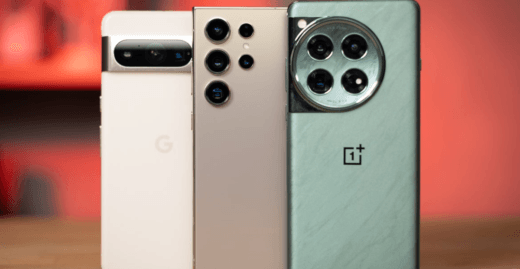
Considering the outrageous costs Apple and other phone manufacturers impose when you purchase your device, having double or quadruple capacity is an incredible perk. Why add on another $100 to $150 to the price of a new phone merely for an extra 128GB or 256GB of storage (that you’re not even sure you’ll need) when you can just invest $70 on a 512GB card later?
Furthermore, some Android phones still include headphone jacks, despite the fact that this function is becoming increasingly uncommon on high-end phones these days. Apple removed headphone jacks from its phones in 2016, which was a much wanted feature. For those who still like using their dependable old wired headphones, it is a huge issue.
USB-C is compatible with all devices. These days, most Android phones use USB-C connections for data transmission and charging, which is quite handy if you are one of those individuals who prefers to travel light and take only one cable. USB-C is also on many PCs these days, as well as on the Nintendo Switch. It is quite lovely.
Older iPhone models are still limited to using the Lightning connector because Apple only made the move to USB with the iPhone 15. However, before every iPhone user has switched to a smartphone without a Lightning connector, a significant period will pass.
There is a real file system (supporting drag-and-drop on PCs). The majority of individuals do not need to interact directly with the file system on their smartphone. Nevertheless, it is helpful to know that Android offers you the choice, should you want it. Even better, you can drag and drop files into folders on a Windows PC using an Android handset exactly as you would with any other disk.
This implies that if you have an exceptionally big library, you do not need to pay to a monthly cloud service because your media libraries and documents are easy to transfer over and save locally. When handling music, papers, and other media, iPhones may be quite unpleasant since they hide the file system from the user for everything but images.
Certain Android phones, such as the Galaxy S24 series, even come equipped with unique capabilities that allow you to see and operate your smartphone like a desktop computer. One notable instance of this is the DeX interface from Samsung. Given its adaptability, a top-tier Android phone may justifiably serve as a substitute for top-tier Chromebooks or other ultraportable PCs.
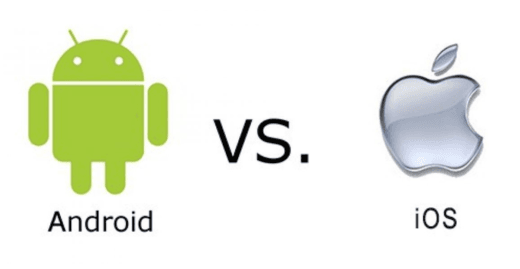
Android phones are typically the first to adopt new features. Yes, Apple has a sizable financial cushion. But it is simply one corporation, with one mentality, all the same. Because of this, iOS sometimes adopts new technology more slowly than the Android community.
It should come as no surprise that Android partners frequently release mobile advancements before Apple does, given the large number of firms who produce Android phones. Prior to the release of the iPhone, Android handsets were the first to ship with features like multi-lens cameras, real multitasking, copy and paste, NFC, 4G LTE, 5G, OLED screens, in-screen fingerprint sensors, water resistance, and wireless charging.
This is not to argue that Apple has not made any innovative discoveries of its own, of course. While facial recognition on a phone was not new, the iPhone X was the first to use it consistently and safely. Still, a lot more Android phones are introduced annually from a range of vendors, so it is only a matter of scale that Google platform-running hardware adjusts more quickly.
Which should you choose?
Which smartphone should you select, an Android or an iPhone? Like many other selections you make when making a purchase, the platform you choose will largely rely on your priorities.
It is easier and more convenient to own an iPhone. There are less things to worry about, and as Apple’s iPhone is the most widely used smartphone brand, you can find plenty of support everywhere you go, whether you need to replace your battery or are just looking to pick up a new cover. Additionally, there is the iMessage draw—at least in the US.
In those aspects, owning an Android cellphone is a little more difficult. However, it is also more liberating since it gives you more options: you can choose the hardware and software features, customize the experience, and decide how much money you want to spend. If you are a really picky consumer when it comes to technology, Android may be more liberating—dare I even say fun—but you will also probably be disappointed by the comparatively small selection of high-quality accessories and applications (like Twitter).
Our rankings of the greatest iPhones and Android phones are the ideal places to start if you are unsure about which specific gadget you should choose. Make sure the gadget you choose is compatible with your operating system.
Also Read |Official iQOO Z9 Turbo+ Best design unveiled ahead of China launch
Also Read |Apple Watch Series 10 Launched: What Indian Buyers Should Know
Also Read |What’s New in the Leaked Galaxy Z Fold 6 FE Image? Here’s a Breakdown
Disclaimer : The Price & Specs May Be Different From Actual. Please confirm with the retailer before ordering.
IMPORTANT: Please always check and confirm the above details with the official notification / website.






